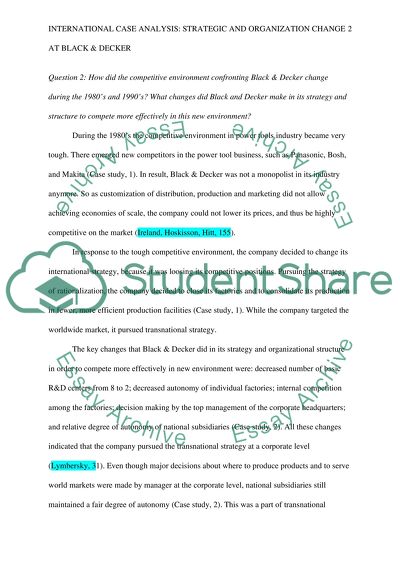Cite this document
(Strategic and Organization Change at Black & Decker Case Study, n.d.)
Strategic and Organization Change at Black & Decker Case Study. Retrieved from https://studentshare.org/history/1409101-international-case-analysis
Strategic and Organization Change at Black & Decker Case Study. Retrieved from https://studentshare.org/history/1409101-international-case-analysis
(Strategic and Organization Change at Black & Decker Case Study)
Strategic and Organization Change at Black & Decker Case Study. https://studentshare.org/history/1409101-international-case-analysis.
Strategic and Organization Change at Black & Decker Case Study. https://studentshare.org/history/1409101-international-case-analysis.
“Strategic and Organization Change at Black & Decker Case Study”, n.d. https://studentshare.org/history/1409101-international-case-analysis.


